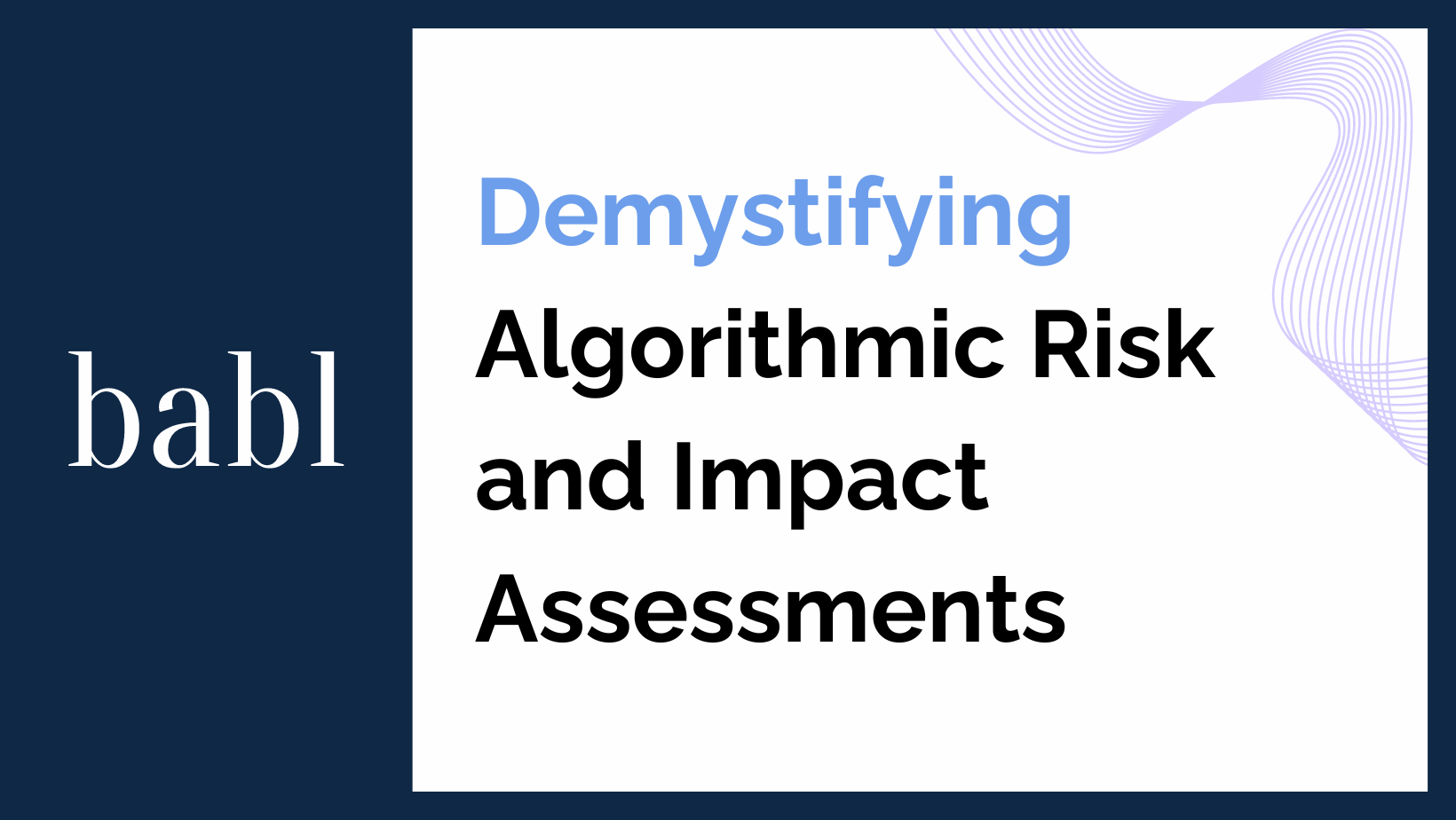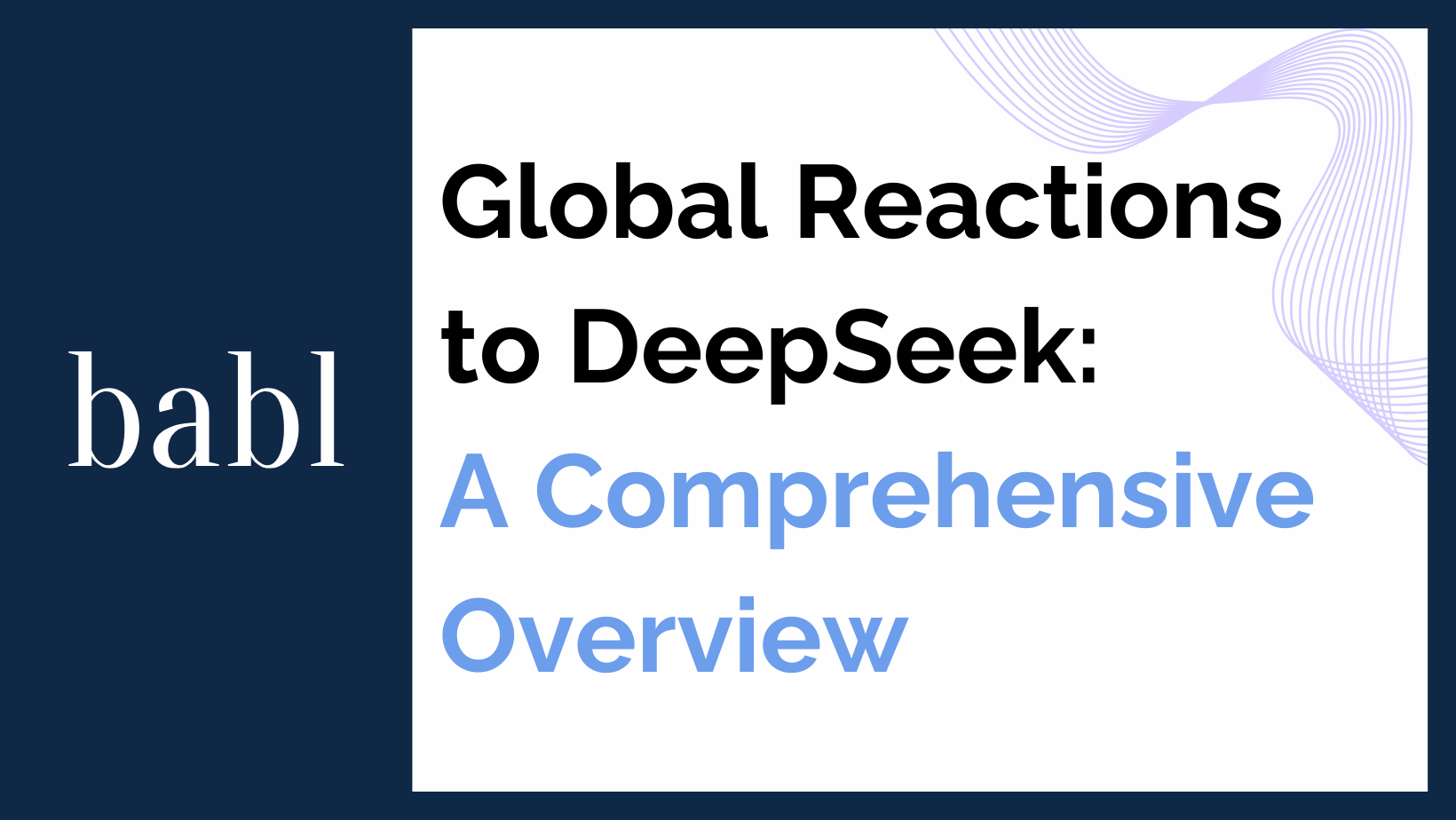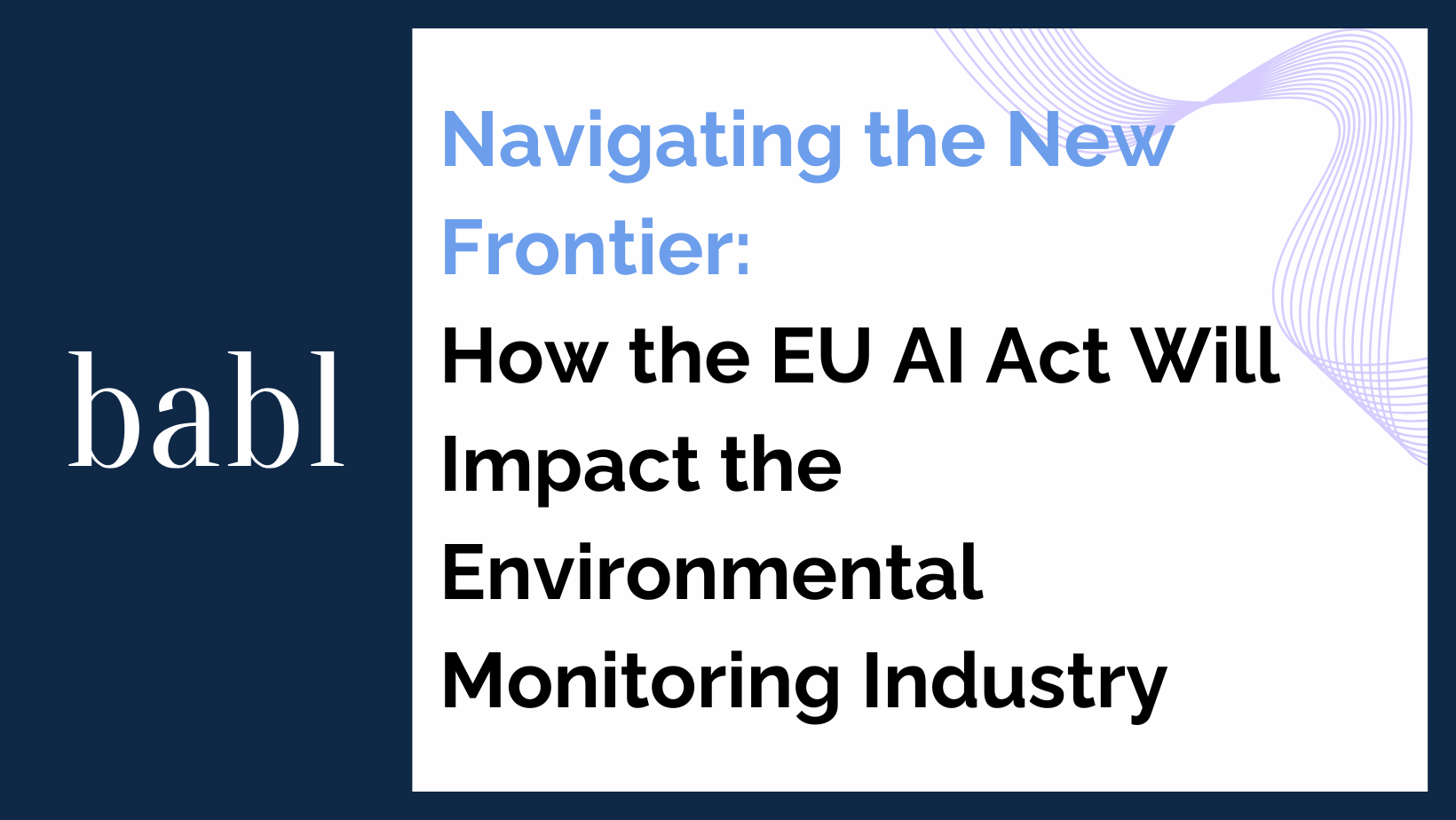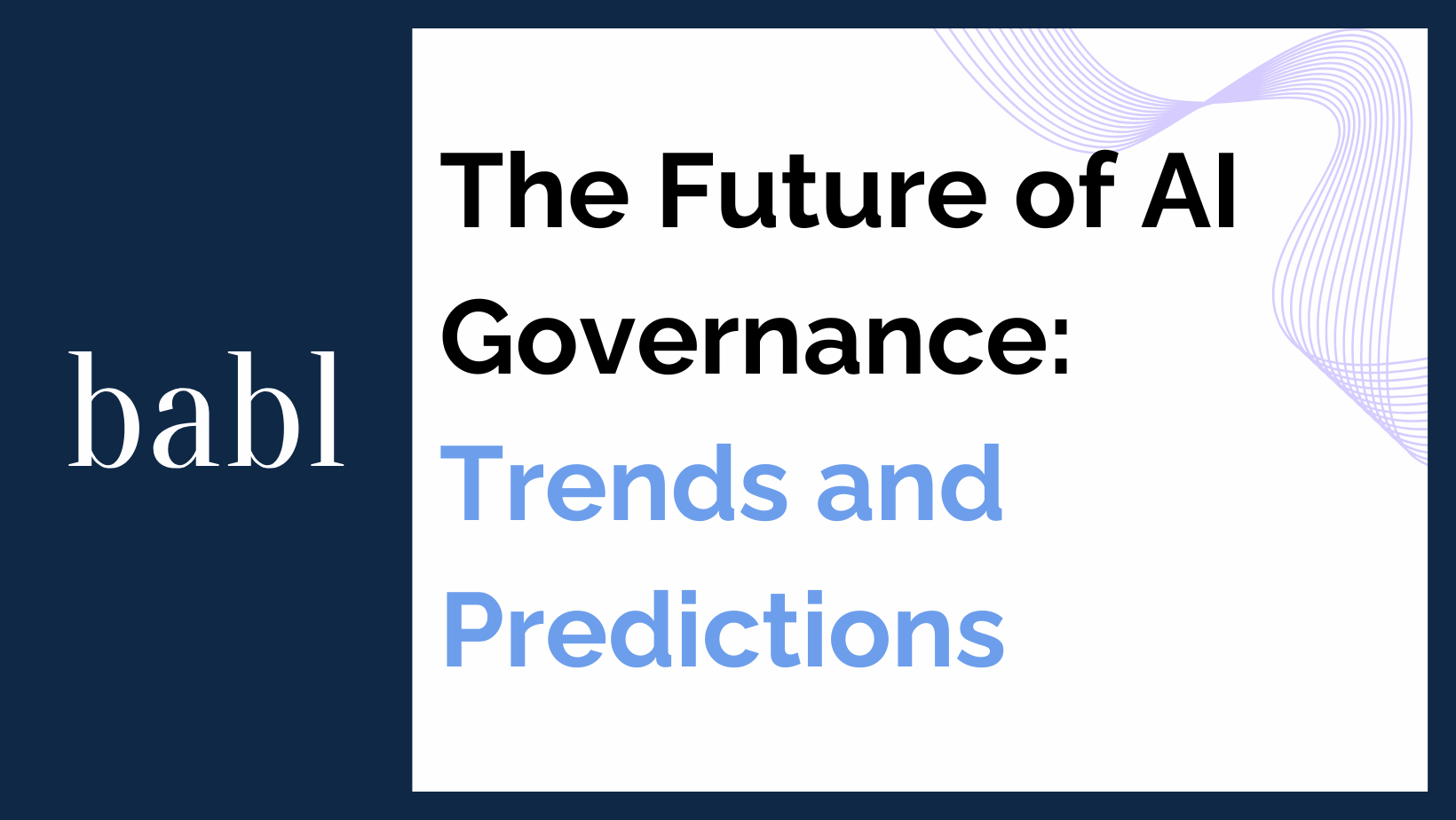Demystifying Algorithmic Risk and Impact Assessments
AI is becoming increasingly prevalent in our lives, from powering everything from social media feeds to job hiring decisions. While these systems offer efficiency and convenience, they also carry inherent risks that can negatively impact stakeholders’ rights and interests. This is where algorithmic risk and impact assessments (ARIAs) come into play. They serve as a crucial tool for identifying, prioritizing, and mitigating potential harms associated with these algorithms.
Primary Goal of ARIAs
The primary goal of ARIAs is to pinpoint the potential negative impacts on stakeholders’ rights and interests and identify the specific situations or features of the algorithm that give rise to these negative impacts. This process is crucial because it’s impossible to prevent what you can’t recognize. By shining a light on these risks, organizations can take proactive steps to mitigate them.
However, risk mitigation is just the umbrella reason for conducting ARIAs. These assessments can also serve other vital purposes, such as promoting internal and external accountability. Internally, ARIAs can help assign responsibility to individuals or teams responsible for specific features of the algorithmic system, ensuring that the right people are held accountable for mitigating risks. Externally, ARIAs can provide transparency and visibility into potential risks, allowing regulators, stakeholders, and the public to make informed decisions about engaging with or regulating these systems.
The goals and intended outputs of ARIAs can vary widely depending on the stakeholders involved. For algorithm developers, the primary aim might be to identify and mitigate risks within their systems before deployment. For algorithm buyers or organizations considering implementing these systems, ARIAs can help assess potential risks and guide their decision-making process. Regulators might leverage ARIAs to determine whether an algorithm meets legal standards or requires additional oversight. And for external stakeholders, such as consumers or civil society groups, ARIAs can provide crucial information to make informed choices about engaging with companies or products that rely on algorithmic systems.
ARIA Outputs
The outputs of ARIAs can take various forms, ranging from detailed reports outlining the assessment process, identified risks, and recommendations, to summary metrics or audit opinions that categorize the level of risk associated with a particular system. In some cases, ARIAs might yield a pass/fail assessment or a determination of whether a system should be classified as high-risk, which could trigger additional regulatory obligations.
The Flexibility of ARIAs
Importantly, ARIAs are not a one-size-fits-all exercise. The depth and specificity of the assessment should be tailored to the intended audience and goals. A regulator might require a comprehensive report detailing the risk assessment methodology, identified risks, and corresponding features of the system, while an organization conducting an internal assessment might prioritize actionable recommendations for risk mitigation.
Crucial First Steps
Ultimately, ARIAs serve as a crucial first step in evaluating and assessing the ethical implications of algorithmic systems. This initial risk assessment should guide further technical testing and auditing efforts, ensuring that organizations are taking a holistic and ethical approach to the development and deployment of these powerful technologies.
Conclusion
As AI continues to permeate our lives, it’s essential that we approach their development and deployment with a critical eye towards potential risks and negative impacts. ARIAs provide a structured framework for surfacing these issues, promoting accountability, and empowering stakeholders to make informed decisions. By embracing these assessments as a standard practice, we can work towards building algorithmic systems that are not only efficient but also ethical, transparent, and aligned with the best interests of society.
Need Help?
Therefore, if you’re seeking clarity on ARIAs, BABL AI‘s team of audit experts is ready to provide assistance. Their team of Audit Experts are ready to answer your questions and concerns while providing valuable insights.





